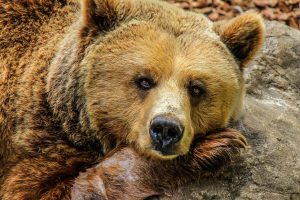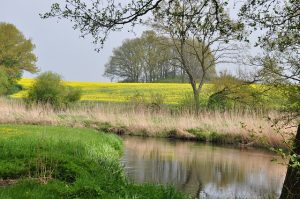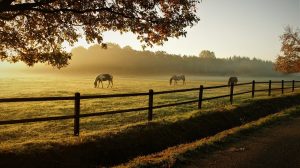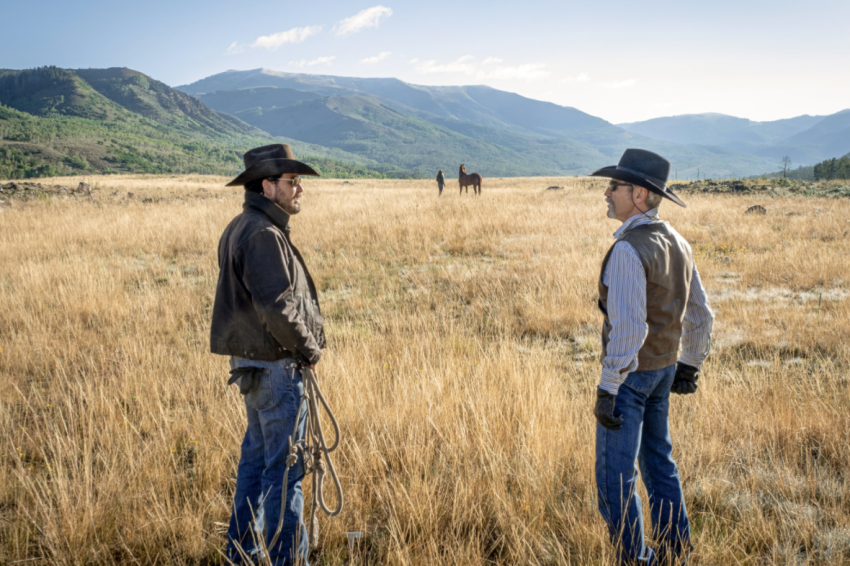PERC (the Property and Environment Research Center) has put together a package of articles that elucidate lessons from the TV show “Yellowstone.” Writes PERC:
“’Yellowstone,’ starring Kevin Costner, is one of the most popular shows on television. The action-packed drama follows the travails of a prominent Montana ranching family as they confront an onslaught of challenges to their way of life. The show sparked renewed interest in the American West and a creative idea at PERC. After bringing together researchers, practitioners, and policy experts—and even some ‘Yellowstone’ cast members—for a PERC workshop this past summer, this special issue of PERC Reports was born. In it, we use ‘Yellowstone’s portrayals of the Rocky Mountain West to examine real-world western issues.”
Following in the very dramatic steps of “Yellowstone,” PERC doesn’t hold back in the topics it delves into. Among others, the stories cover:
Grizzlies and the Endangered Species Act


The importance of fencing in an open-range state like Montana.

Image from “Yellowstone,” at top, courtesy of Paramount Network.


Jane,
Good stories almost always have good guys and bad guys. Cindy and I are enjoying the series and some of the bad guys are obvious–the developers, the kidnappers who somehow see kidnapping little Tate as a way to sell slot machines to Indian reservations, Jamie’s biological father who is working with his former cell mate to kill members of the Dutton family. But it is not clear if the Indians or the reasonably sane members of the Dutton family (Beth comes with a question mark here) will end up being the good guys. Given the influence wokeism exerts on the Hollywood set it is hard to believe that the Indians will be the bad guys. Maybe the writers can come up with some way for the Indians and some members of the Dutton family to powwow by passing the peace pipe around.
My main point, however, is that there is one glaring difference between the understanding of PERC and the Yellowstone story. As opposed to the argument by Terry Anderson and P.J. Hill in their book The Not So Wild Wild West, that the history of the American West was the creation of institutions, both formal and informal, that motivated cooperation and moderated conflict. Probably the most lovable member of the Dutton family is Kasey who killed I don’t recall how many people, including the brother of his indian wife, Monica. It is true that his killings were depicted as justified and when he was leaving to rescue his son Tate from kidnappers, his peace-loving wife told him to kill those kidnappers, which he did. Of course, the Yellowstone story is recent, and most people know that the murder rate in the story is not an accurate reflection of the actual Montana murder rate. But the prequel to the Yellowstone story, 1883, starts out—we have seen only 3 episodes of what will be a 11 episode series—starts out with rash of murders that would make the recent murder rates in many major cities look peaceful in comparison. And so far the murders are not the result of the white-Indian wars, which did greatly increase the battle deaths after the Civil War, as told by Anderson and Hill. The murder rates otherwise were nowhere nearly a high in settlements as shown in 1883.